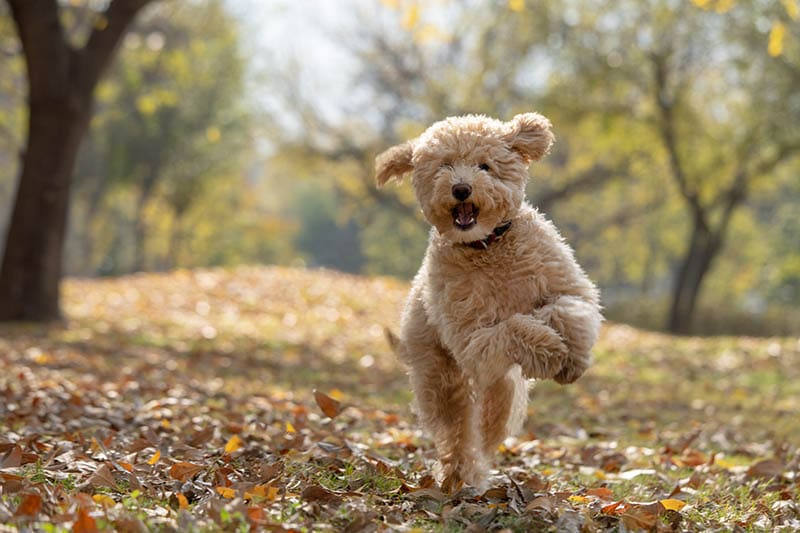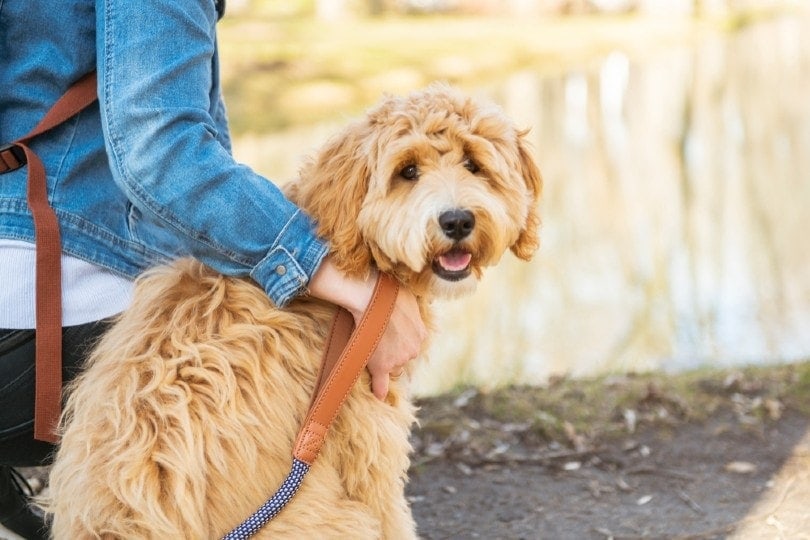Why Do Dogs Shake Their Toys? 2 Likely Reasons

Updated on
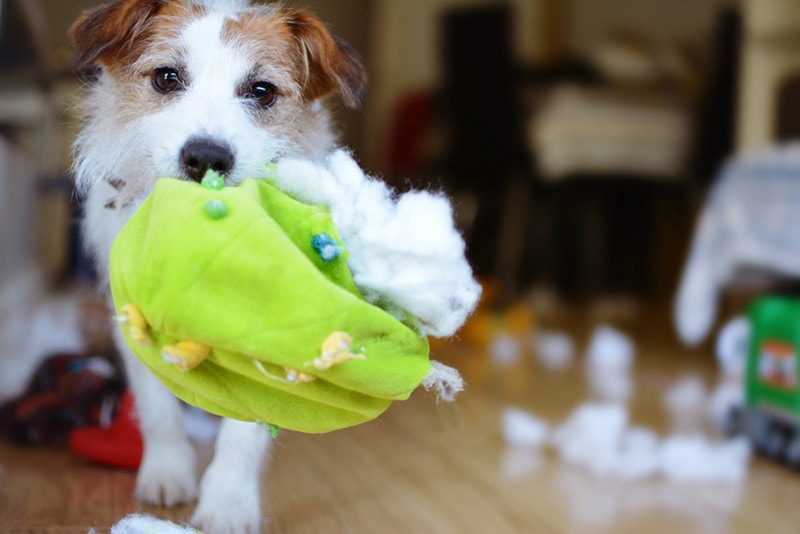
One of the joys of being a pet owner is getting your dog a new plush or squeaky toy and watching them play with it. Whether they pounce, toss, tug, or shred a toy, it’s cute to watch.
But why do dogs shake their toys? Find out the two possible reasons your dog engages in this behavior.
The 2 Reasons Dogs Shake Their Toys
1. Natural Instinct
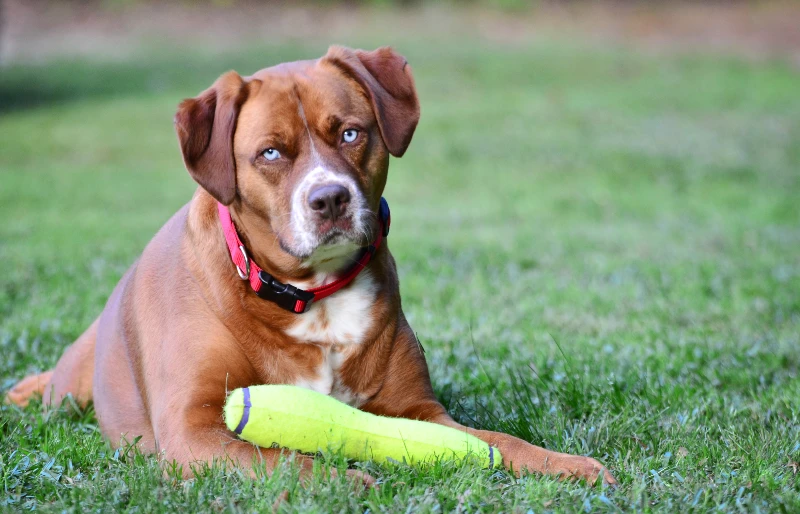
Dogs have been alongside humans for about 30,000 years. Though they evolved to no longer have to hunt and kill their food, that instinct is alive and well in most domesticated dogs. All the “cute” behaviors that your dog exhibits while playing with a toy—tugging on it, shaking it violently, or tearing out the squeaker—are all displays of the “kill sequence” that canines complete to capture prey in the wild.
Remember, before dogs had kibble delivered via bowl once or twice a day (a practice that started around WWII), they relied on hunting and the occasional shared table scraps. They were left to hunt, stalk, and take down prey before eating it. The violent shaking is designed to quickly kill or immobilize prey by snapping its neck.
Some dogs have been selectively bred to eliminate the final phase of the behavior, the actual kill. For example, herding dogs have to stalk and chase to move livestock but don’t attack. Retrievers and pointers can track and grab prey, but they learn to be gentle so as not to damage the game for the hunter. Other breeds that are still used to hunt small game, such as ratters used on farms, may complete the kill sequence, so they’re good at “killing” their toys.
It may be alarming to see your dog shake and tear up that cute plush toy, but rest assured that it is natural and healthy behavior. Dogs no longer have to hunt for food, but that drive doesn’t go away. The squeaking of a toy mimics the sound of a distressed prey animal, and dogs love to destroy it. After the squeaking stops, the animal is “dead,” and they will often disembowel it by tearing out the squeaker and stuffing. Just be happy that it’s not a live squirrel or rabbit.
2. Boredom or Frustration
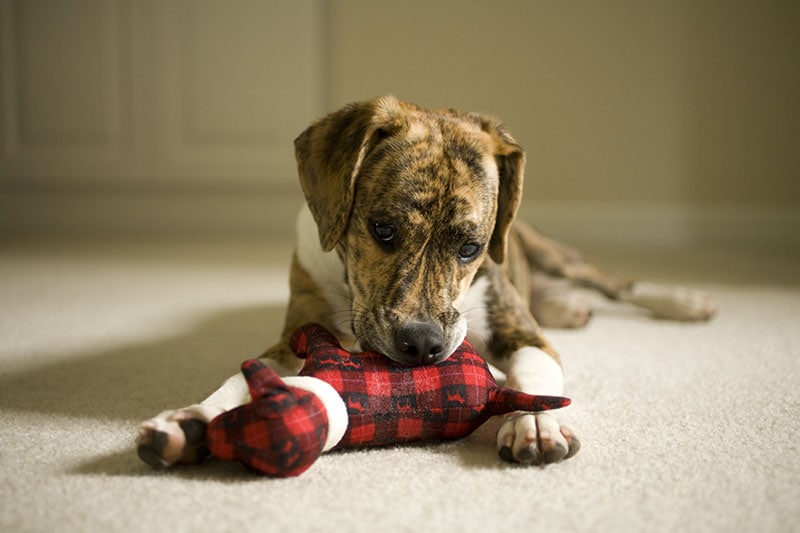
Most toy shaking comes from simple instinct, but dogs do enjoy it. If your dog is bored or high energy, the extra shaking may be a way to relieve excess energy and get more fun out of the playing experience. Your dog may tear up the toy as well, even if the intent isn’t to eviscerate it.
It’s difficult to tell the difference between natural instinct and boredom or frustration. If your dog enjoys tearing up toys, consider if they need more exercise or stimulation on a regular basis. High-energy breeds like a Jack Russell or Border Collie typically require a lot more activity than a companion breed like a Pug.
If your dog gets plenty of excitement outside of plush toys, then you can rest assured that they’re just using the toy as a healthy outlet for their natural prey drive. Just get more durable toys to make it more challenging.
Is Prey Drive a Problem?
Dogs that violently shake their toys are just having fun in the way dogs do. Breeds with a high prey drive can display other behaviors, however, such as:
- Chasing other pets like dogs and cats
- Chasing wildlife like squirrels
- Herding people or pets
- Digging in the yard
- Chasing cars, bikes, and children
- Stalking and chasing birds
- Capturing and killing small animals
Some breeds just have a high prey drive, so you have to manage the behavior—it can’t be cured. Toys and activities that provide an outlet for your dog’s prey drive, such as squeaker toys and lures, are a big help.
However, if your dog’s prey drive escalates to the point of them scaring or harming your other household pets, children, or people around you, that can become a problem. Dogs can also become so fixated on a target that they escape your yard, break leads, or take off after an animal. This is risky for not only their target but also themselves since a dog can get a one-track mind and run into oncoming traffic or other dangerous situations. Dogs can also become stressed if they want to stalk and hunt but can’t.
Curbing these behaviors requires a combination of management by teaching your dog impulse control. Teaching consistent commands like “leave it” and practicing recall can disrupt the kill sequence before your dog can complete it. Still, you need to provide plenty of safe prey drive activities that allow your dog to exercise these instincts in an appropriate and safe manner.

Conclusion
Predatory behaviors like shaking and tearing up toys are fun for your dog. While there’s nothing wrong with this behavior on its own, if you notice your dog becoming too fixated on prey behaviors and targets, such as other animals, children, or vehicles, it’s important to intervene and teach them how to engage in predatory behaviors in appropriate ways.
Featured Image Credit: smrm1977, Shutterstock


